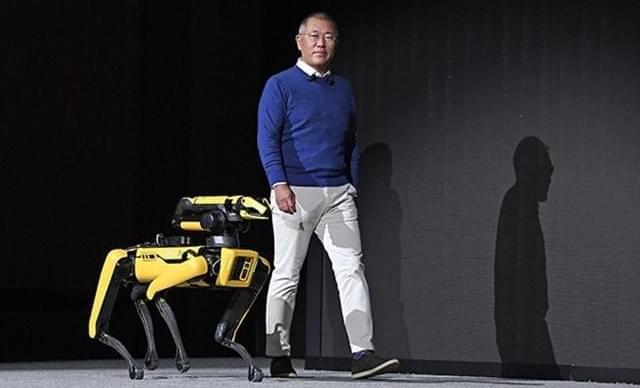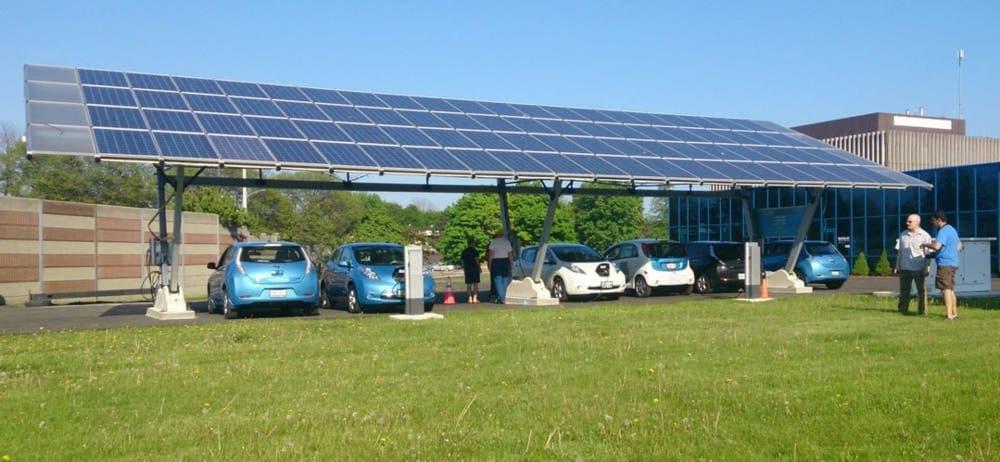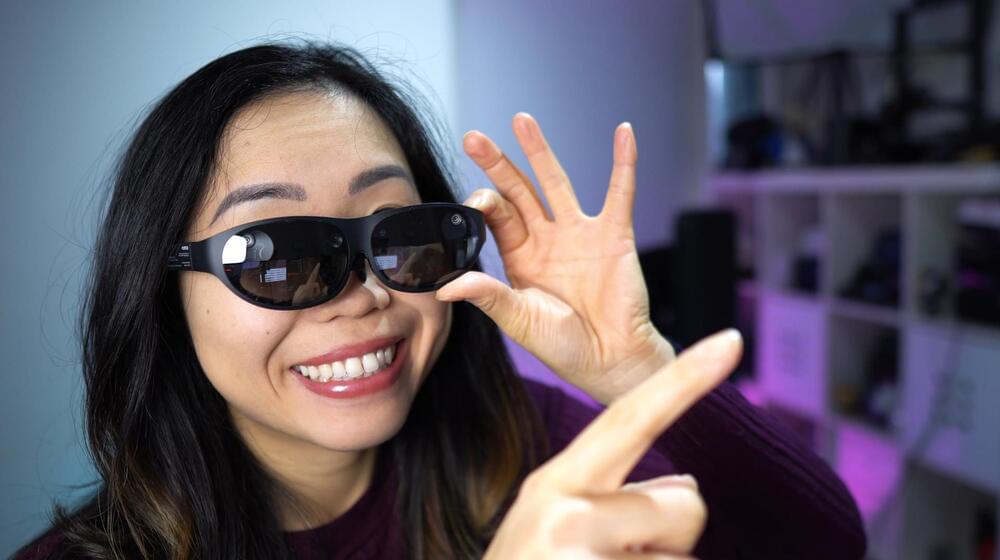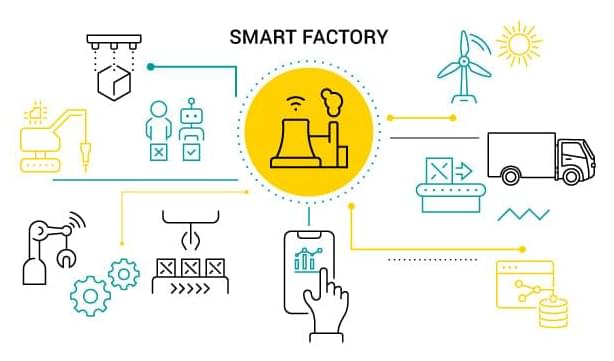Kiwi scientists have helped discover a new gene described as a potential game-changer for cloning in global agriculture.
The gene allows natural reproduction by cloning in plants, enabling highly desirable traits to be carried through to the next generation rather than lost when the plants reproduce through pollination.
Named PAR, the new gene has been found to control parthenogenesis, a process whereby plant egg cells spontaneously grow into embryos without fertilisation.
NZ scientists help discover a new gene described as a game-changer for agriculture.









